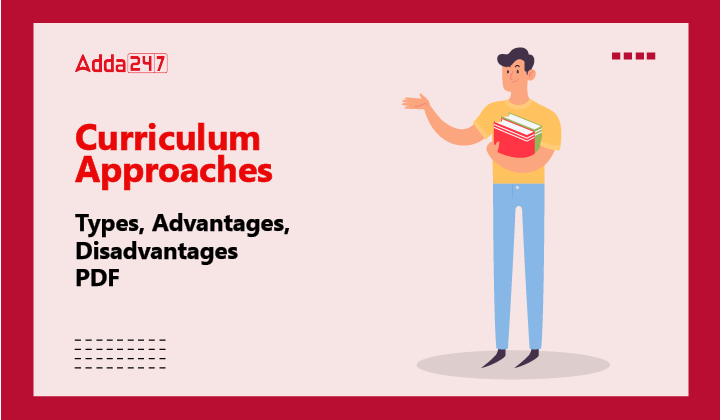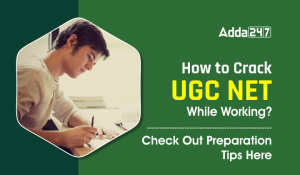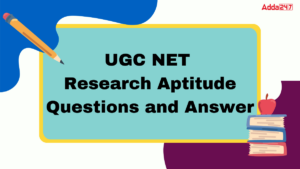Curriculum approach are heart and soul of curriculum of education. These approach shows the viewpoints of curriculum development and design, the role of the learners, the teachers, the curriculum specialists in planning the curriculum. It also includes the goals and objectives of the curriculum. Here we are going to learn some Curriculum approach i.e. Critical, Learner Driven, Traditional Approaches.
Child Development and Pedagogy: Notes PDF for CTET & STET
Curriculum Approaches
Curriculum develops construction with following elements: Curriculum, teachers, students and context. These are traditional approach, learner approach and critical approach
- The traditional approach: In the traditional approach the learner masters the ‘rules’ of letter writing to precis writing; but he is not able to apply this knowledge to his/her own letters or summaries. He is confused when he gets back his composition with the award of a poor grade and a lot of read marks. On the other hand, this approach makes less demands on the teacher. He can conduct composition classes without any preparation. He simply walks into the classroom and sets an exercise for the learners
Advantage of Traditional Approach
- Students are used to it and it fits their idea of what school should be.
- Learning discrete skills in step – by – step.
- It is used to justify the programs achievement.
- Test scores can be easily examined and explained.
- It is much efficient in the field of resourceful development.
- Teachers , adults – can easily adopt this approach.
- The traditional approach
Disadvantages of Traditional Approach
- The traditional approach omits the importance of learner experience, requiring a learner to accept, rather than challenge, the information being transmitted.
- This approach can work against an adults needs.
- This approach to accumulate years of knowledge and skills to apply in the future.
- The discrete skills automatically transfer to any variety of situations out – side the classroom.
- The role of students are in passive.
- It supports the view that low literacy skills.
- Learner – Driven approach : Student centered learning (student) driven learning is also known as learner – centered education.
- It is method of teaching that shift the focus of instruction from the teacher to the student.
- It also focuses on skills and practices that enable life long learning and independent problem – solving. This theory and practice is based on the constructive learning theory that emphasizes the learners critical role in constructing meaning from new information and prior experience.
- Learning – driven centered classroom students choose what they will learn, how they will learn and how they will assess their own learning. This theory is in contrast to traditional education also dubbed ‘teacher – centered learning’, which situates the teacher as the primary ‘active’ role while students take a more ‘passive’, receptive role.
Advantages of Learner – Driven Approach
- Students see their needs clearly reflected in the classroom, which is very motivating.
- It creates a direct link between class work and learners need.
- Learners can more easily transfer new skills day to day.
- It encourages learners persistence.
- It develops/provides a rich picture of adult learning and moves beyond the images of DBE merely as “School big People”.
Disadvantages of Learner Driver Approach
- A learner – driven approach often relies on the teacher’s ability to create or select materials appropriate to learner’s expressed needs.
- It requires skill on the part of the teachers as well as time and resources.
- It lacks of skill time and resources and makes creating curriculum with this approach difficult.
- It finds difficult for teachers to find and make acceptable balance among the competing needs and interest of students.
- Some times students feels uncomfortable with the seemingly ambiguous nature of a curriculum.
- Critical Approach : In this approach, students are central to the process of constructing and interpreting knowledge. Critical curriculum activities include journals, portfolios and other autobiographical, literary and artistic methodologies focus less on external objectives than on internal experiences. Teacher identify issues that relate to the experiences and concerns students identify. Reading and writing skills develop in tandem with critical thinking skills, and ultimately, literacy learning becomes a means of transforming students lives and communities. Learners actively create knowledge as they participate in learning by taking a Critical look.
Advantages of Critical Approach
- It does not ignore the difficulties that learners face in life but provides a way for learners together to meet them head on.
- It does not create a separation between learner’s lives and what they are learning, which as in the learner – driven approach, is motivating.
- It helps learners bridge the “classroom/real world? divide.
- It is helpful to root out the social injustice movement.
- It is helpful in social justice embracement.
Disadvantages of Critical Approach
- It takes time.
- Teacher need a particular set of facilitation skills to teach reading and writing.
- Learners may be uneasy because they are not familiar about it.
- The teacher and program need to be committed to supporting learners, rather than abandoning them.
- Teachers need to recognize the potential himself in this approach.
Download Curriculum Approach Study Notes PDF



 How to Crack UGC NET While Working? Chec...
How to Crack UGC NET While Working? Chec...
 UGC NET Vs JRF, Difference Between NET a...
UGC NET Vs JRF, Difference Between NET a...
 UGC NET Research Aptitude Questions with...
UGC NET Research Aptitude Questions with...












